Deciding between slip-on shoes and lace-up shoes can be a challenging task, as both styles offer unique advantages and disadvantages. This article aims to inform you about the history, design, and construction of both types of shoes, as well as their benefits and drawbacks, so you can choose the right footwear for your needs and preferences.
History and Evolution
The history and evolution of slip-on shoes can be traced back thousands of years. The earliest known slip-on shoes were sandals worn by ancient Egyptians and Romans, who appreciated their ease of use and breathability. Throughout the centuries, slip-on shoes continued to evolve and diversify to meet the needs of different cultures and climates. For example, the traditional Japanese “geta” sandal was created as a convenient slip-on footwear solution for walking on wet or uneven surfaces. In more recent times, slip-on styles such as loafers, ballet flats, and espadrilles have gained popularity around the world for their versatile mix of comfort, style, and functionality.
Lace-up shoes, in contrast, have roots that can be traced back to the 16th century. Balmoral (Oxford) shoes and Blücher (Derby) shoes, two predominant styles of lace-up shoes, both originated in Europe as military footwear. The use of lace-up closures allowed soldiers to adjust the tightness of their shoes for a secure and comfortable fit on long marches. Over time, lace-up shoes crossed over from military use to everyday wear and became a fashionable choice for both men and women. In the Victorian era, lace-up boots became a popular option for women seeking both style and support. Today, lace-up shoes have expanded to encompass a wide variety of footwear styles, including sneakers, dress shoes, and hiking boots.
Throughout various cultures, the decision to wear slip-on shoes versus lace-up shoes has grown to represent more than just an individual’s personal taste. In certain situations, the differences between these two footwear styles can symbolize social class or occupation. For instance, during the 19th century in England, lace-up shoes were commonly associated with the upper classes, whereas slip-on shoes were considered fitting for working-class laborers. Currently, we see similar distinctions in professional attire, with lace-up shoes being regarded as more formal and slip-on shoes appearing as more casual and laid-back. In the end, the development of both slip-on and lace-up shoes has presented us with a diverse and abundant selection of footwear, enabling everyone to find the ideal pair based on their specific needs and preferences.
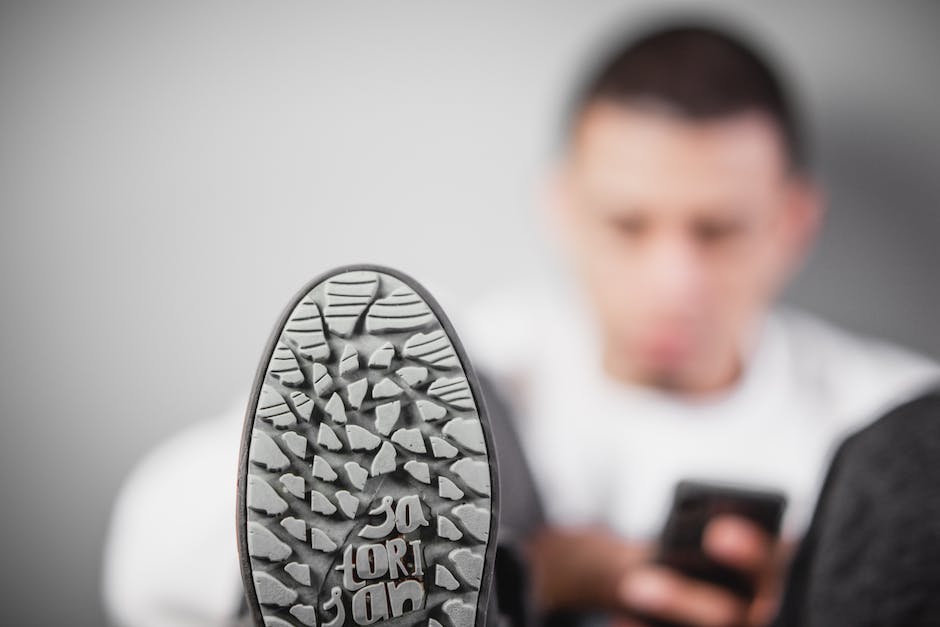
Design and Construction
Slip-on Shoes
Designed for convenience and easy wear, slip-on shoes require no laces to be tied. Crafted from various materials, such as canvas, leather, or synthetic fabrics, they come in numerous styles that include loafers, moccasins, boat shoes, and sneakers. To provide a better fit, comfort features like elastic inserts, padded collars, and cushioned insoles are often incorporated in slip-on shoes. These design elements cater to the wearer’s unique footwear needs and allow for a seamless transition when considering both slip-on and lace-up options.
Lace-up Shoes
Lace-up shoes, on the other hand, require laces to fasten the shoe securely onto the foot, offering a more adjustable and supportive fit for various foot sizes and shapes. Lace-up shoes come in many styles such as dress shoes, casual wear, and athletic footwear. The lace-up system provides more support and stability, particularly for athletic pursuits or jobs that require a lot of walking or standing. Lace-up shoes may feature decorative or functional details such as broguing, wingtips, or toe caps to provide a unique design.
Construction Methods
Slip-on shoes and lace-up shoes have distinct construction methods that impact their appearance and functionality. Slip-on shoes typically use glue or stitching to attach the upper to the sole, resulting in fewer seams or a more minimalistic look. On the other hand, lace-up shoes require additional reinforcements due to the strain caused by the tension of the laces. As a result, the uppers of lace-up shoes often have more intricate designs, featuring eyelets and other decorative or functional elements.
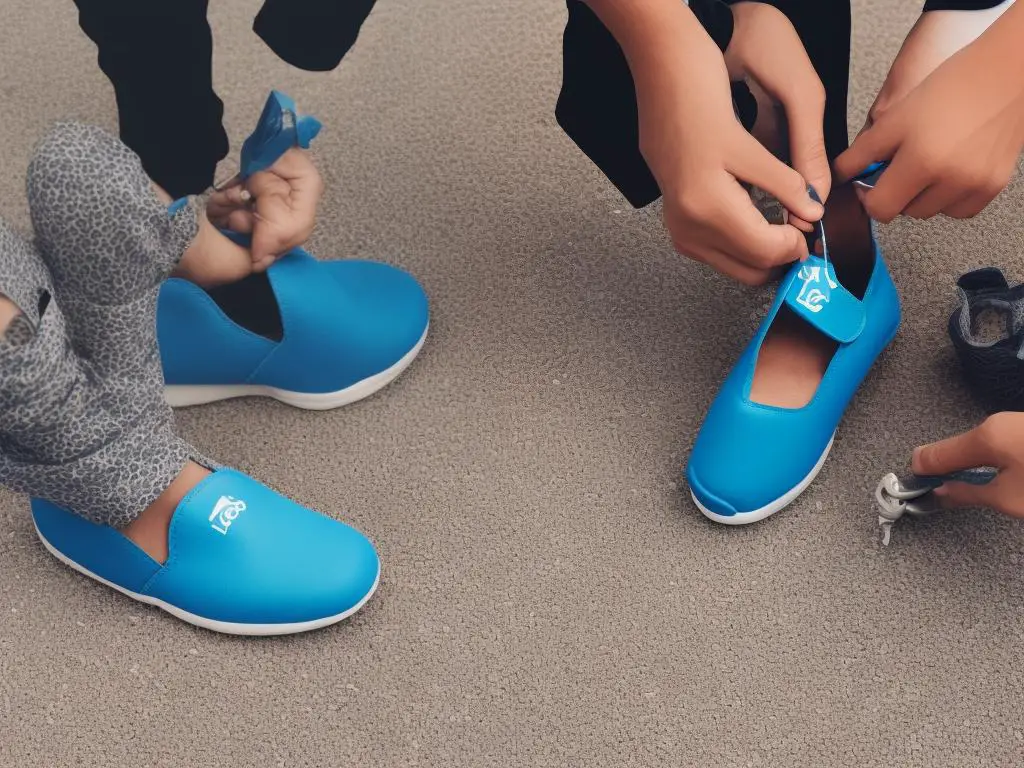
Advantages of Slip-On Shoes
When comparing slip-on shoes with lace-up shoes, the convenience and ease of wear stand out as a key advantage for slip-on shoes. With no laces to tie or untangle, slip-ons are perfect for fast-paced individuals or those who struggle with tying laces. Additionally, slip-on shoes can be swiftly removed, making them practical for situations where shoes need to be frequently taken on and off, such as going through airport security or entering specific cultural or religious spaces. In contrast, lace-up shoes may require more time and effort to put on or remove, making them less suitable for such circumstances.
Another advantage of slip-on shoes is their flexibility in sizes. Given that they often have an elastic upper or a stretchable material, they may accommodate a wider range of foot sizes and shapes, providing a comfortable fit for people with slightly wider or narrower foot dimensions than standard sizes. This flexibility can also give more room for feet to swell or contract throughout the day, ensuring consistent comfort.
Slip-on shoes provide an easy and casual option for various occasions due to their relaxed and laid-back vibe. Their versatility, combined with a wide range of designs such as sneakers, loafers, and sandals, make them an adaptable and fashionable accessory in one’s wardrobe for different settings and outfits.
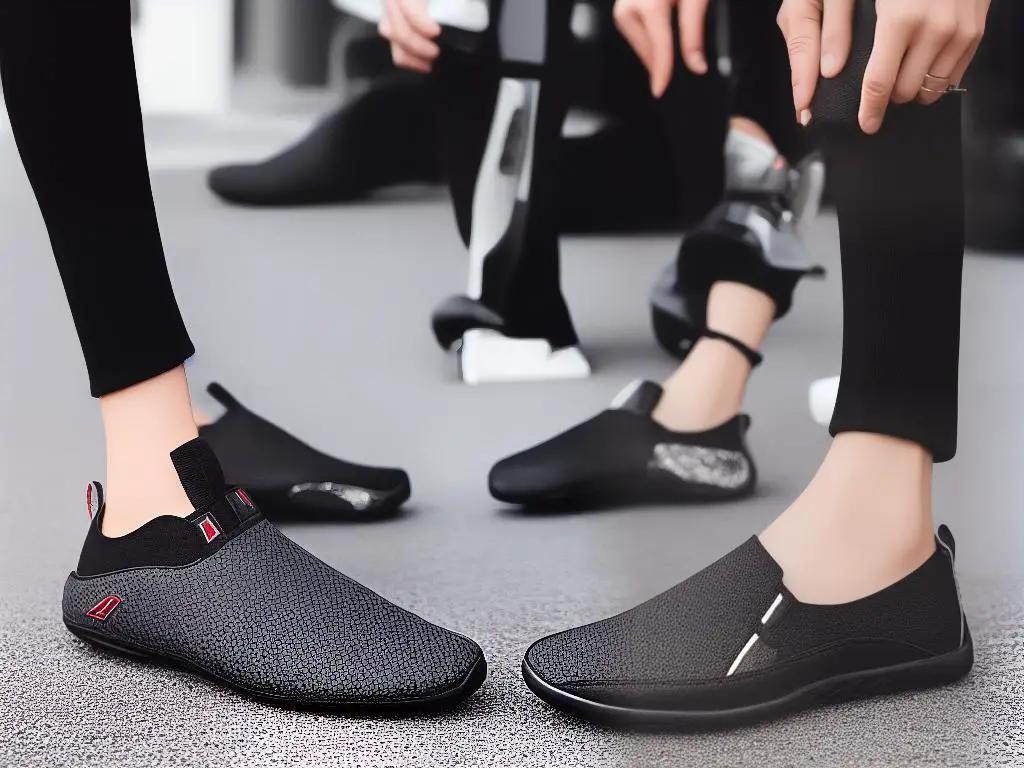
Advantages of Lace-Up Shoes
On the other hand, lace-up shoes offer a significant advantage in terms of fit and support compared to slip-on shoes. The adjustable laces cater to the unique contours of an individual’s feet, resulting in a more secure, snug fit. This prevents the shoes from slipping off, a common issue with slip-on shoes. The additional support provided by lace-up shoes makes them suitable for a broader range of activities including sports, hiking, and long walks, as they help minimize the risk of injury.
Another notable benefit of lace-up shoes is their customizability, as laces can be easily swapped out for different styles, colors, and lengths to suit the wearer’s preferences. This flexibility allows individuals to personalize their footwear, adding an element of distinctiveness to their overall ensemble. Additionally, lace-up shoes are available in various styles, making them highly versatile for dressing up or down. Their suitability for both casual and formal occasions sets them apart from slip-on shoes, which tend to lean more towards informal settings.
Lace-up shoes offer style versatility, catering to a wide range of wardrobe options, from timeless classics to trendy contemporary pieces. This adaptability makes lace-up shoes a popular choice for men and women when selecting footwear for work, social engagements, and special occasions. For instance, a pair of oxfords, brogues, or pumps can be dressed up or down for business or black-tie events, while casual sneakers and boots can easily complement jeans and skirts for everyday wear. In contrast, slip-on shoes may not be as appropriate for specific formal events or intricate dress codes.

Disadvantages of Slip-On Shoes
Aside from style considerations, lace-up shoes also provide an advantage in terms of foot health. While slip-on shoes can be comfortable and convenient, they often lack adequate support and cushioning for the foot’s arch, leading to discomfort and even long-term damage. Additionally, slip-ons tend to have a looser fit than lace-up shoes, increasing the chances of developing blisters or corns from friction. Conversely, lace-up shoes offer a more customizable and secure fit, which can help to minimize irritation and promote proper foot alignment, ensuring long-lasting comfort and well-being.
Another disadvantage of slip-on shoes is their limited stability, particularly when engaging in any physical activities or walking on uneven surfaces. The looser fit of slip-ons makes it more likely for the shoe to slip off or twist on the foot, increasing the risk of injuries such as sprained ankles or unexpected falls. Lace-up shoes, however, provide a more secure and stable fit. This is particularly important for those who are active, have balance issues, or need additional foot support due to medical conditions.
Slip-on shoes are generally perceived as less formal compared to lace-up shoes, which can be limiting in professional or dressy settings where a refined and polished appearance is crucial. The more casual aesthetic of slip-on shoes makes them less suitable for events requiring formal attire or in workplaces with a strict dress code. In contrast, lace-up shoes are often associated with a higher level of formality and sophistication, making them a more versatile and appropriate choice for various occasions.
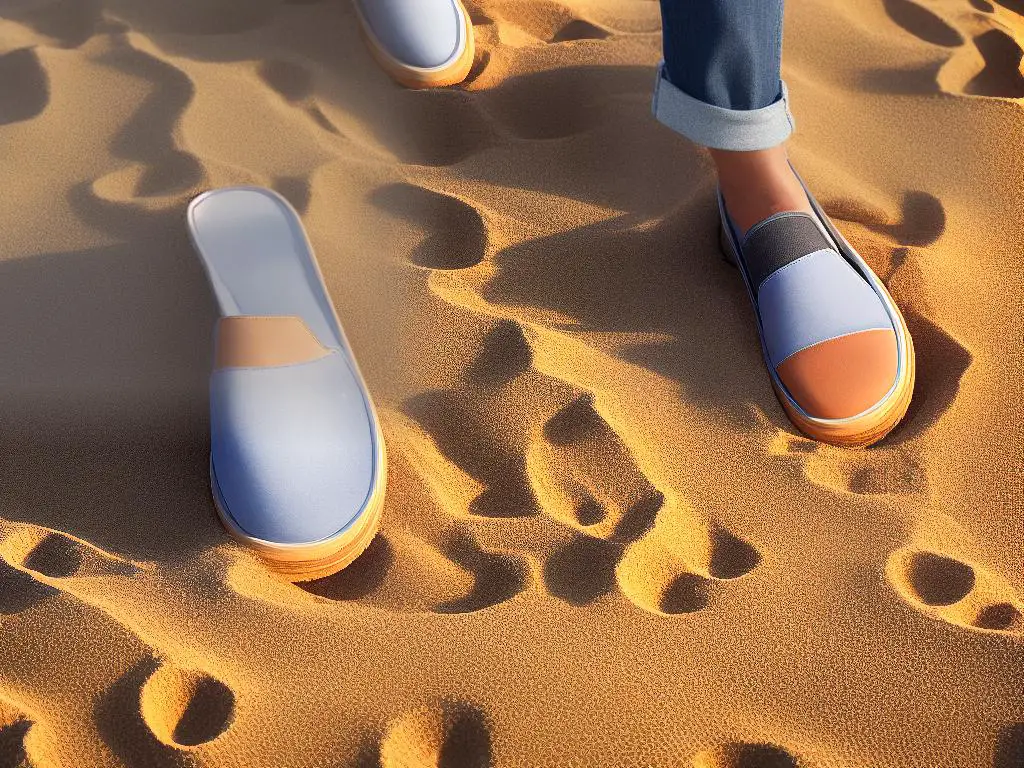
Disadvantages of Lace-Up Shoes
However, one notable disadvantage of lace-up shoes in comparison to slip-on shoes is the time-consuming process of tying and untying laces. This can be particularly inconvenient for individuals in a rush, those with limited mobility or dexterity, or young children who have not yet mastered the skill of tying shoelaces. In contrast, slip-on shoes offer a quick and hassle-free option, as they can be simply stepped into without any additional fastening required. This allows for a more efficient getting dressed routine and less time spent on adjusting footwear throughout the day.
Lace-up shoes also present the potential issue of lace damage, which can be both frustrating and costly in the long run. Laces can fray, break, or become tangled over time, requiring replacement or repair. Additionally, the repeated process of tying and untying can contribute to the overall wear and tear of the footwear, which may lead to a shortened lifespan for the shoes themselves. Slip-on shoes, on the other hand, do not have laces to worry about, making them a more durable and low-maintenance choice.
One major advantage of slip-on shoes over lace-up shoes is their convenience in certain situations, such as passing through security checkpoints at airports. Lace-up shoes require untying and retying, which can be time-consuming and frustrating. Moreover, lace-up shoes may not provide the same level of comfort as slip-on shoes, as laces can sometimes be tied too tightly, causing irritation or discomfort. Therefore, slip-on shoes offer a more efficient and comfortable alternative to their lace-up counterparts.
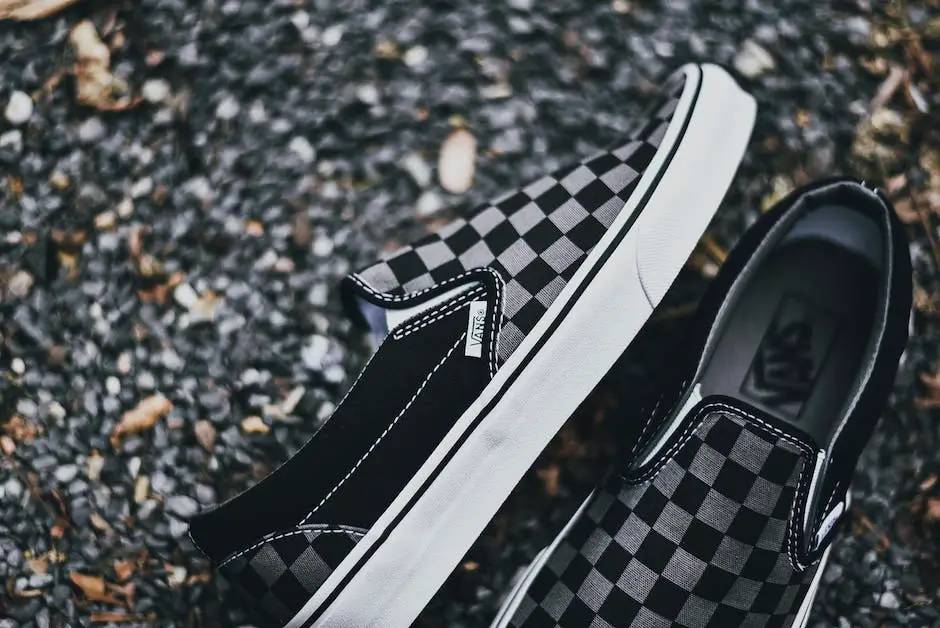
Popular Brands and Styles
There are several popular brands offering a variety of slip-on shoes to choose from, such as Vans, Skechers, and TOMS. Vans has been a leading brand since the 1970s with their iconic Classic Slip-On, featuring a wide selection of materials, patterns, and colors. Skechers caters to those who prioritize comfort and cushioning, offering athletic and comfort-oriented slip-ons with their line of GoWalk and Equalizer shoes. TOMS, known for their social mission, provides lightweight canvas slip-on shoes in various colors and patterns. These slip-on shoes are typically priced between $40 and $80, offering an affordable and functional alternative to lace-up shoes.
Lace-up shoes come in a variety of styles and price points, which can cater to a wide range of consumers. Popular brands in this category include Nike, Adidas, and Converse. Nike and Adidas offer a multitude of athletic and casual sneakers, both high-end and affordable, that are perfect for daily wear as well as fitness activities. These brands have made significant strides in integrating performance technology and design, with popular styles such as the Nike Air Force 1, Adidas Ultra Boost, and Adidas Originals Superstar. Converse, a classic and casual brand, is best known for their Chuck Taylor All-Star shoe. This simple, canvas sneaker has been a wardrobe staple for decades and remains a timeless option for many. Lace-up shoes from these brands can range anywhere from $40 to well over $200 for limited edition and high-end releases.
When it comes to style and versatility, Sperry and Cole Haan are two brands that offer a well-rounded selection of both slip-on and lace-up shoes. Sperry, known for their Original Boat Shoe, provides a variety of lace-up and slip-on boat shoes in various materials and colors, catering to those in search of a preppy, coastal, or casual style. Cole Haan, on the other hand, boasts a diverse collection of casual and dress options, including the ØriginalGrand Ultra Wingtip Oxford and the Nantucket Loafer. With a price range spanning from $50 to over $200, these brands offer something for every budget.

Choosing the Right Shoe
When selecting the perfect shoe, several factors come into play, such as the occasion, comfort, personal style, and foot health. Both slip-on and lace-up shoes have their distinct benefits and drawbacks, depending on these considerations. Slip-on shoes are ideal for casual situations, offering the convenience of being easily put on and removed. They make the perfect choice for quick errands or relaxed gatherings. Conversely, lace-up shoes cater to more formal occasions, sports, and activities requiring a secure fit. Providing superior foot support, lace-up shoes are seen as a more suitable option for professional environments.
Comfort and foot health are important elements to think about when choosing between slip-on and lace-up shoes. While slip-on shoes provide quick comfort, they might not offer adequate support for individuals with specific foot or arch issues. Properly fitted lace-up shoes can give better control over the snugness of the fit, which can be beneficial for those with foot ailments, as well as for athletes who require stability during their sports activities. Moreover, lace-up shoes also enable the use of specific lacing techniques catered to a person’s foot shape and needs, providing a more customized fit.
Personal style plays a significant role in choosing between slip-on and lace-up shoes. Fashion preferences differ from one individual to another, and there is a wide range of both slip-on and lace-up shoe styles available on the market, from classic to trendy. In general, slip-on shoes tend to have a more casual and laid-back appearance, while lace-up shoes are often associated with a polished and professional look. However, some shoe designs combine elements from both types, offering stylish options for those who want the best of both worlds. It is crucial to pick a shoe that complements one’s wardrobe and provides the desired aesthetic without compromising comfort and foot health.
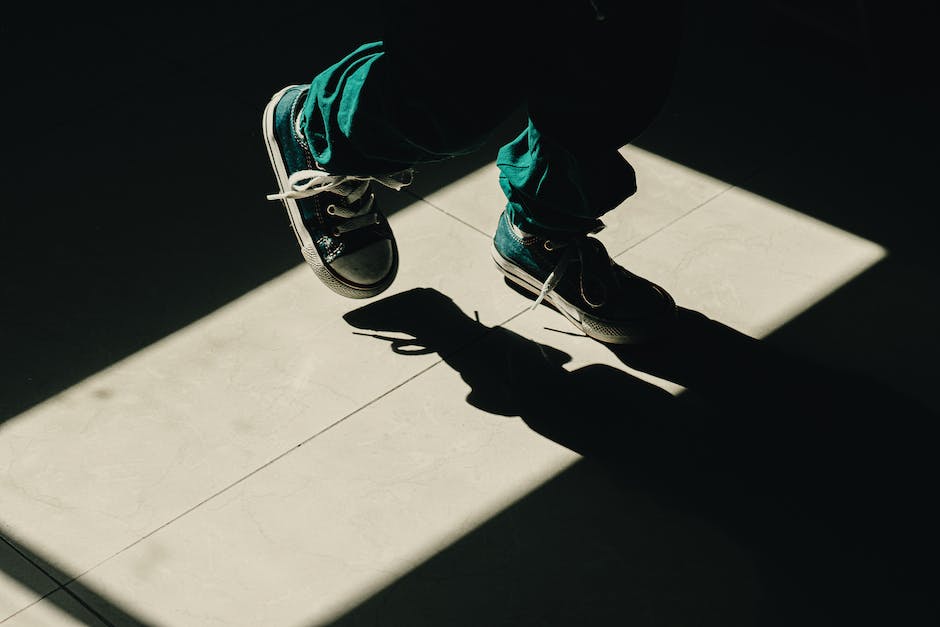
Ultimately, the decision between slip-on shoes and lace-up shoes depends on your personal preferences, comfort, and the specific occasion. By understanding the history, design, and advantages and disadvantages of both types of shoes, you can make an informed decision and find the perfect shoe that best suits your individual style and needs. Remember, never compromise on comfort and foot health when selecting a shoe that’s right for you.